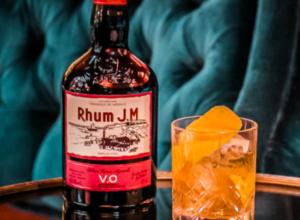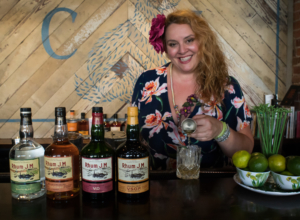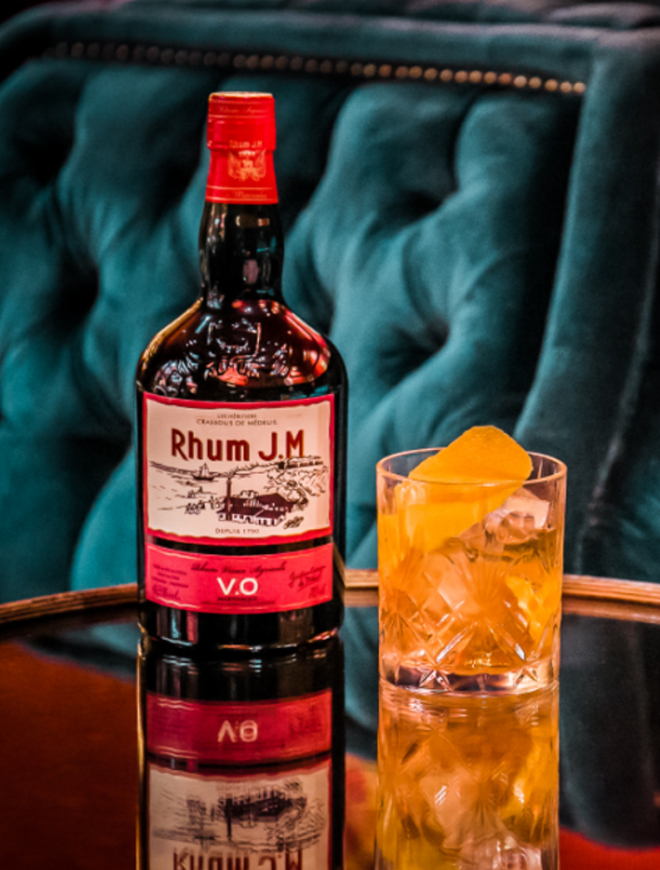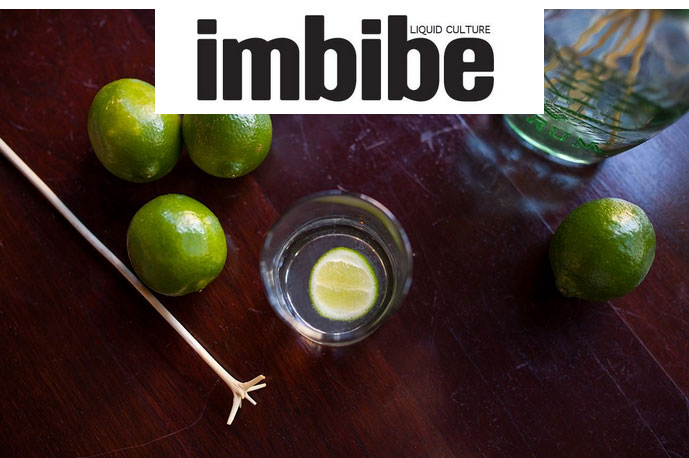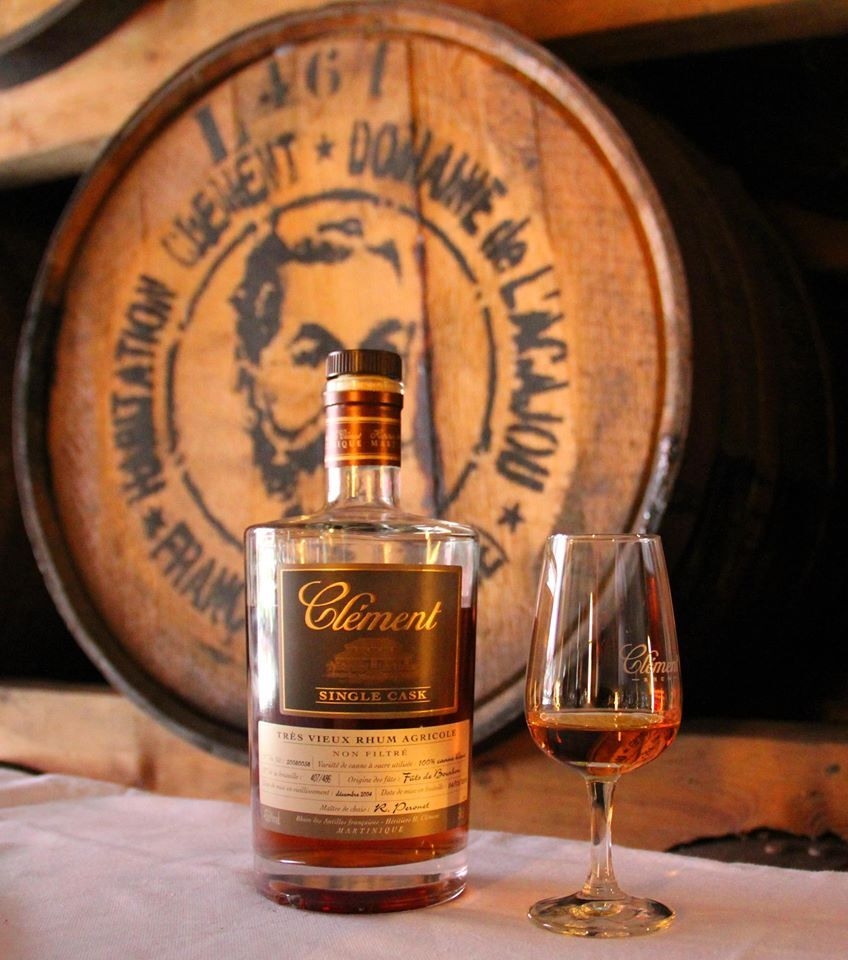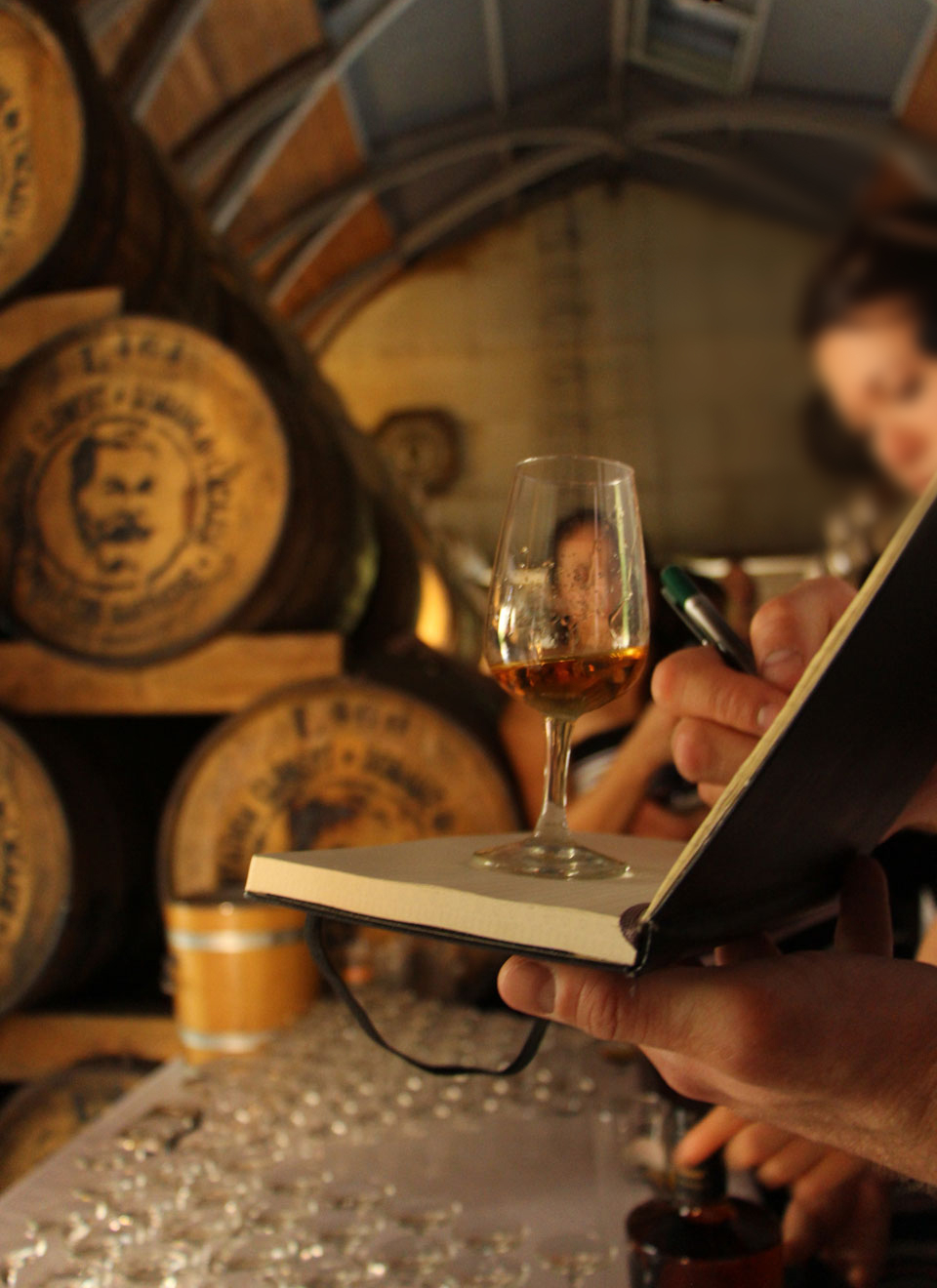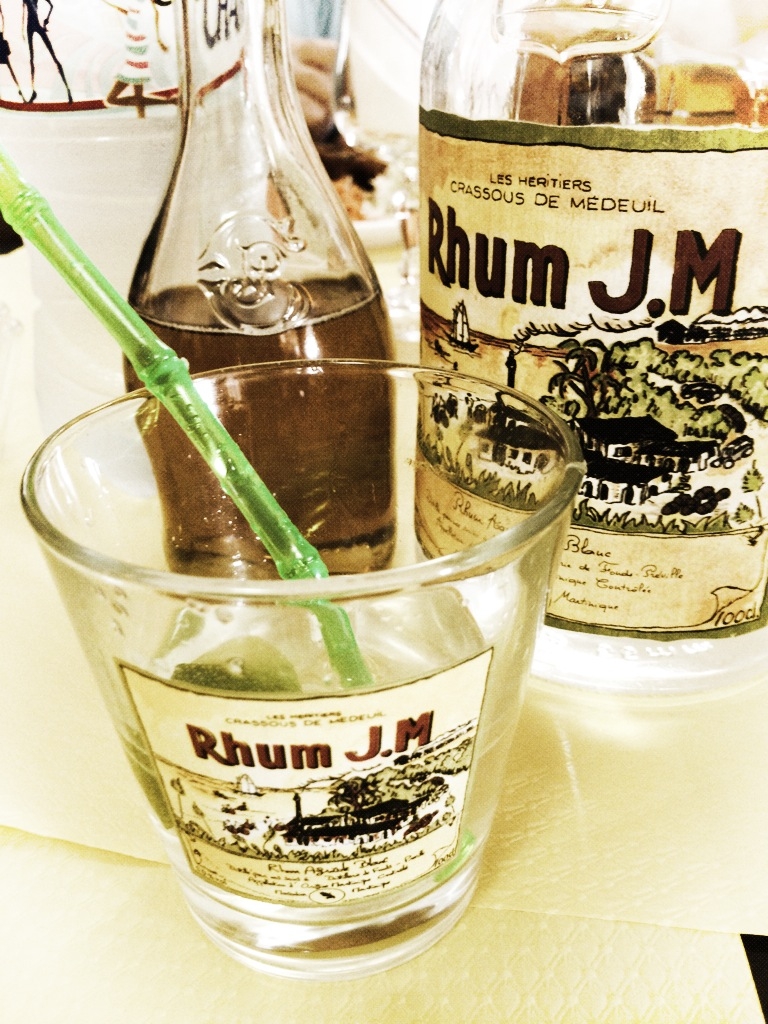
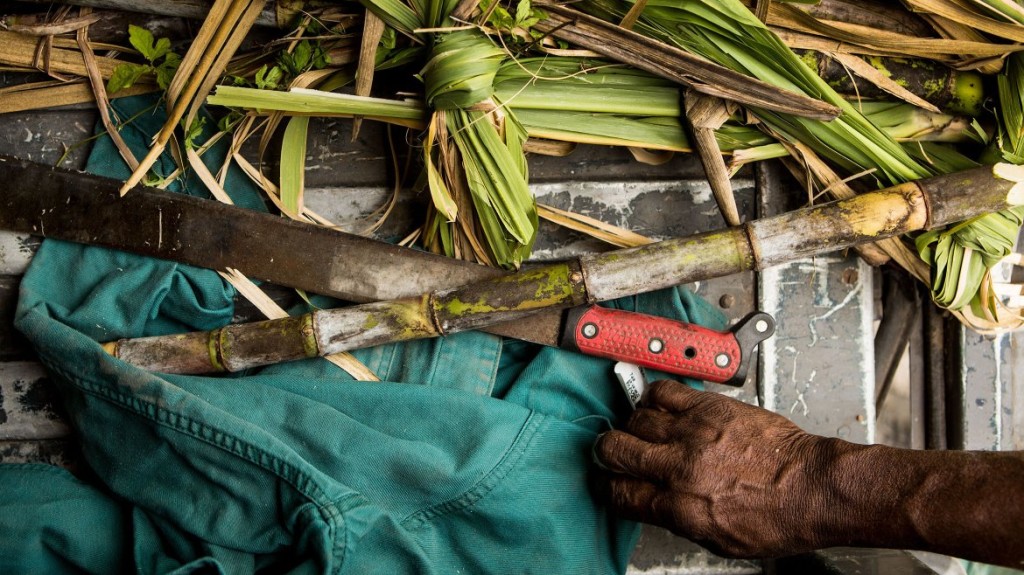
December 13, 2013
story: Wyatt Peabody
photo: Peden + Munk
From the dank jungle of Martinique to the cool cellars of Cognac, a new wave of high-quality r(h)um is establishing both the depth of the category and its connection to place.
The very mention of “rum” conjures immediate imagery: serene tropical islands, bloody revolutions, multinational booze thugs, yacht-rock or even one’s favorite punch. Its centuries-old history is unrivaled, dripping with storied lore—from pirates to Prohibition. While those timeless imaginings are deeply embedded in our nostalgic psyche, they are faint echoes of what the spirit category actually embodies today. In spite of monopolistic odds, a handful of producers from around the world have charted a course less traveled. These producers, like Rhum J.M., Samaroli and Navazos-Palazzi, are not only creating some of the finest examples of rum ever known, they’re reintroducing us to the spirit’s depth and connection to place.
Rum, as we know it, was actually born out of arbitrage—a tradition that dates back to the 17th century, when entrepreneurs sought to capitalize on the principal waste product of sugar manufacturing: molasses. By the beginning of the 1700s, sugarcane—originally brought to the Caribbean by Christopher Columbus at the turn of the 16th century—had become the single economic-driver of the of the islands, not its gold, which had in fact initially lured the Europeans there.
To this day, 99 percent of the world’s rum is still made from molasses, most of it via mammoth industrial factories replete with hairnets and squeaky floors. The other one percent, commonly known as rhum agricole, or agricultural rum, is made from fresh-pressed sugarcane juice—the artisanal versions hailing from remote distilleries where open-top fermenters breathe in airborne microbes from the dank jungle air. The resulting rums reveal singular nuances of damp earth, funky herbaceousness and crisp vibrancy—reflective of their origins—that stand in glaring contrast to what we have come to know as Puerto Rican white rum.
Considering the 99:1 ratio, it’s no wonder that the average American doesn’t connect rum to tradition, skill or terroir. Yet, when rum is allowed to develop with native yeasts and organic materials, it is one of the most inherently site-expressive spirits on earth. Furthermore, rum adapts to the place and vessel in which it is aged, which can be anywhere from its country of origin to the other side of the Atlantic—an unconventional notion for many other distillate categories.


